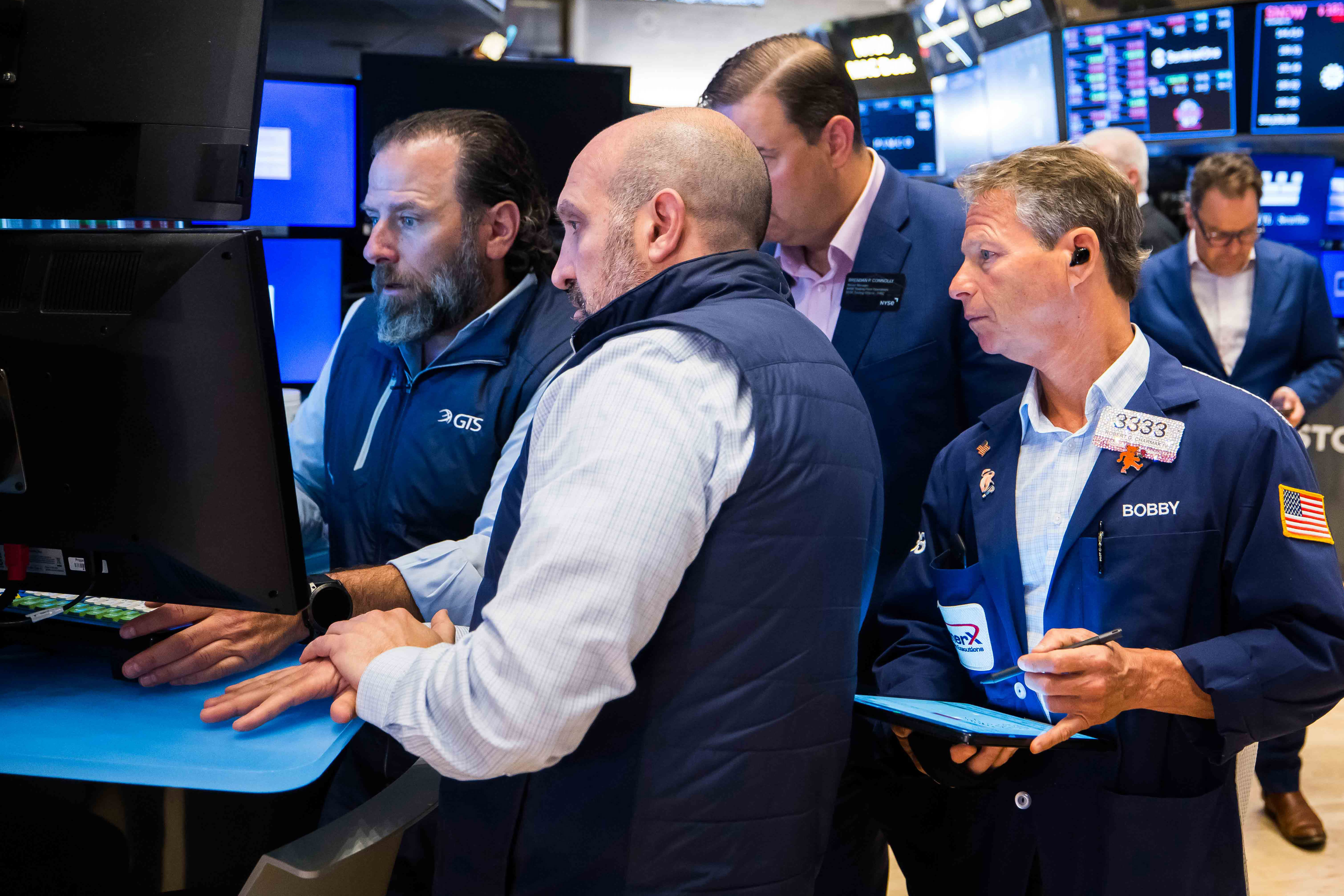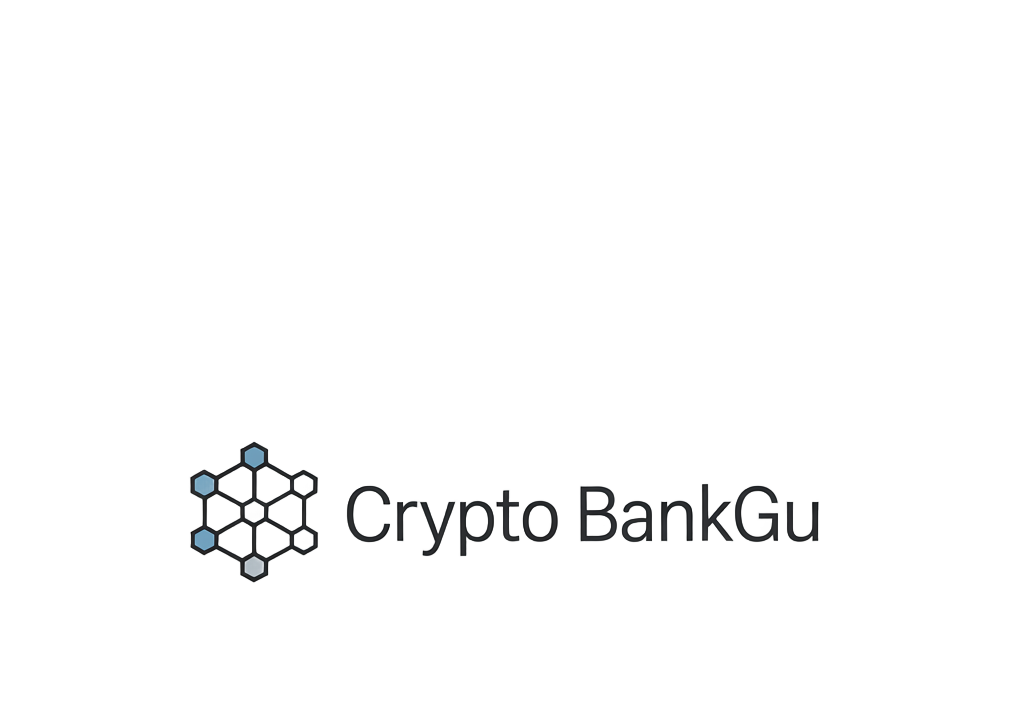
In 2024, the U. S. banking sector reached a pivotal moment in its approach to digital assets. After years of regulatory ambiguity and cautious experimentation, leading institutions are now confidently rolling out crypto custody services and payment solutions tailored for both institutional and business clients. The shift is not only a response to persistent demand from asset managers and fintechs, but also a reflection of newfound regulatory clarity that has emboldened banks to enter the digital asset arena at scale.

Regulatory Green Light: The OCC’s Game-Changer
The most significant catalyst for this transformation arrived in March 2025, when the Office of the Comptroller of the Currency (OCC) issued new guidance permitting national banks to engage in certain crypto activities without prior regulatory approval. This policy shift rescinded earlier requirements that forced banks to seek explicit permission and demonstrate extensive risk management controls before venturing into crypto custody or stablecoin operations. For banks previously sitting on the sidelines, this was the green light they had been waiting for.
The impact was immediate. Banks that had paused or limited their crypto offerings quickly resumed services, while others accelerated their digital asset roadmaps. The OCC’s move also aligned with broader efforts by regulators such as the SEC, which in January 2025 improved the crypto custody framework by rescinding Staff Accounting Bulletin 121, a decision widely applauded by industry leaders who argued it would enable more robust investor protections and operational standards.
U. S. Bank Leads With Expanded Crypto Custody and Payments
U. S. Bank, one of America’s largest financial institutions, exemplifies this new era of digital asset integration. In September 2025, U. S. Bank resumed its cryptocurrency custody services for institutional investment managers, an offering originally launched in 2021 but paused amid regulatory uncertainty in 2022. Now back online with enhanced compliance protocols, the service supports not only direct Bitcoin holdings but also Bitcoin ETFs, leveraging NYDIG as its sub-custodian partner.
This expansion is more than symbolic; it marks a return to competition among top-tier banks for institutional crypto business. U. S. Bank has also introduced a dedicated “Digital Assets and Money Movement” division focused on developing payment solutions for small businesses, a clear sign that crypto is moving beyond speculative investment toward practical financial infrastructure.
Notably, U. S. Bank has been selected to provide custody services for reserves backing payment stablecoins managed by Anchorage Digital Bank, a partnership indicative of how traditional banks are collaborating with fintech specialists to offer compliant, scalable solutions.
Citi and Wall Street Giants Enter the Fray
The momentum isn’t limited to one institution; Citigroup, another Wall Street heavyweight, announced in August 2025 its intention to launch stablecoin and digital asset custody services by 2026. Citi’s strategy centers on safeguarding high-quality assets backing stablecoins, such as U. S. Treasuries and cash, and exploring stablecoin-based payment rails designed to streamline settlement times across global markets.
This move aligns Citi with other major players like BNY Mellon and Goldman Sachs, who have also expanded or launched institutional-grade crypto custody offerings over the past year. The competitive landscape is heating up as these firms vie for dominance in an emerging market segment projected to generate substantial new revenue streams through custodial fees, transaction processing, and value-added analytics.
For those closely tracking market sentiment, it’s worth noting that major U. S. banks’ stock prices remain resilient amid these developments:
- JPMorgan Chase and Co. (JPM): $305.36
- Bank of America Corp. (BAC): $52.87
- Wells Fargo and Co. (WFC): $86.90
- Goldman Sachs Group (GS): $792.09
- Citigroup Inc.: $101.39
This stability underscores investor confidence that regulated exposure to digital assets will enhance, not threaten, the long-term profitability of established banks.
The Role of Industry Collaboration: Canton Network’s Influence
Beneath these headline-grabbing announcements lies a deeper trend: collaboration across traditional finance and tech sectors aimed at building secure infrastructure for digital assets.
In May 2023, a consortium including Goldman Sachs, Microsoft, and Deloitte launched the Canton Network, a public blockchain designed specifically for financial institutions seeking interoperability without sacrificing privacy or compliance standards.
This initiative signals growing recognition that no single bank can address all technical or regulatory challenges alone; instead, partnerships will define how quickly, and securely, the sector evolves toward mainstream adoption.
As the market matures, these collaborative efforts are bridging the gap between traditional and digital finance. The Canton Network, for example, enables banks to transact securely on-chain while maintaining compliance with regulatory requirements, a model that could become the blueprint for future cross-industry blockchain initiatives. For U. S. banks, such partnerships not only mitigate operational risks but also accelerate the rollout of innovative services by leveraging external technical expertise.
Emerging Business Models and Revenue Opportunities
With regulatory barriers receding and infrastructure improving, U. S. banks are now actively experimenting with new business models centered around crypto custody services and payment solutions. Custodial offerings have expanded well beyond Bitcoin to include Ethereum and other digital assets, especially since spot ETH ETFs were approved in May 2024. Banks are also exploring staking services, lending products collateralized by crypto, and stablecoin-backed payment rails for both retail and institutional clients.
The monetization potential is significant: custody fees, transaction charges, analytics subscriptions, and cross-selling opportunities all contribute to a growing revenue base. According to industry analysts, the integration of digital assets could boost fee income for large banks by 5-10% over the next three years as adoption accelerates among asset managers and fintechs seeking trusted custodianship.
This revenue optimism is reflected in current market prices of major U. S. banks deeply involved in digital asset adoption. JPMorgan Chase and Co. trades at $305.36, Goldman Sachs Group at $792.09, while Citigroup Inc. stands at $101.39. These valuations reinforce investor belief that early movers in crypto banking will be rewarded as digital finance becomes mainstream.
Challenges Ahead: Security, Competition, and Customer Trust
Despite this progress, banks face persistent challenges as they scale their crypto operations:
- Security: Safeguarding private keys and maintaining robust cybersecurity protocols are paramount as hacks remain a top concern across the industry.
- Regulatory Uncertainty: While recent guidance has clarified many issues, evolving global standards mean that compliance teams must remain agile.
- Customer Education: Many clients, especially small businesses, still lack a clear understanding of how crypto payment solutions work or what risks they entail.
- Competitive Pressures: Fintechs and native crypto firms continue to innovate rapidly; traditional banks must balance speed with prudence to remain relevant.
The next phase will likely see increased investment in client education tools, insurance products for digital assets, and white-label solutions that allow smaller financial institutions to offer crypto services under their own brand, potentially reshaping the competitive landscape even further. For more details on which U. S. banks currently offer these services, see our guide on crypto custody offerings from licensed banks.
Looking Forward: A New Era of Digital Asset Banking
The events of 2024-2025 have marked a clear turning point for U. S. bank adoption of digital assets. What was once a cautious experiment has evolved into a race among financial giants to define best practices in custody security, stablecoin payments infrastructure, and cross-industry collaboration, all underpinned by regulatory clarity that seemed elusive just two years ago.
Banks like U. S. Bank and Citigroup are setting benchmarks not only through their product launches but also via strategic partnerships with fintechs such as Anchorage Digital Bank or participation in networks like Canton. Their success will depend on continuous investment in security technology, proactive engagement with regulators, and above all else, building trust with clients navigating this new frontier of finance.
The coming year promises further innovation as more institutions enter the field, and as customers demand ever-greater integration between traditional banking services and cutting-edge digital asset capabilities. Stay tuned as we continue tracking this dynamic sector’s evolution at Crypto Bank Guide.






